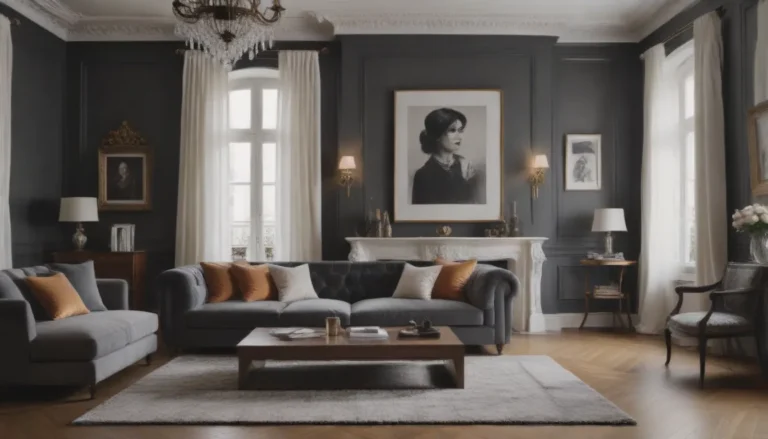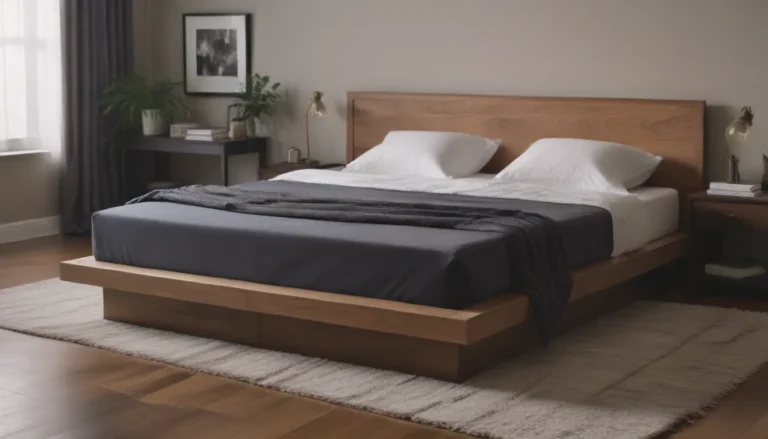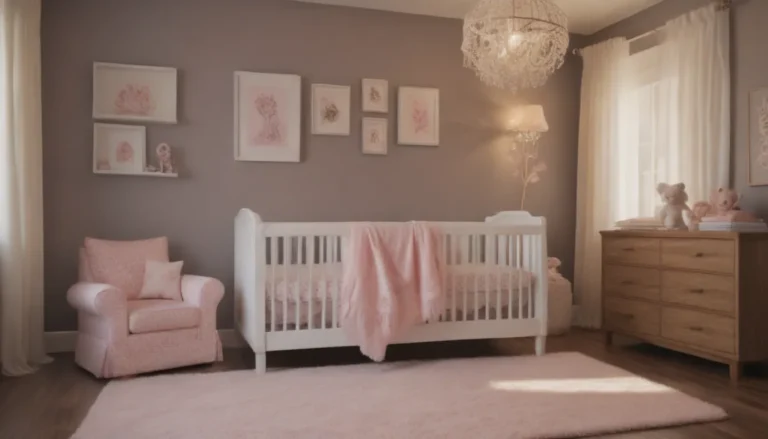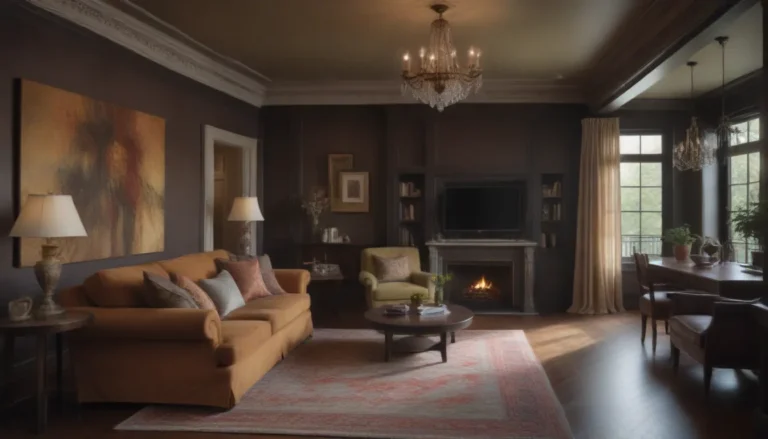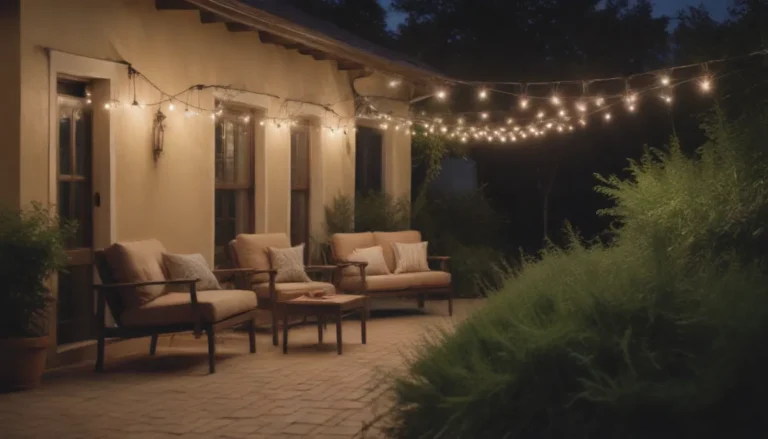Embracing French Country Architecture: A Guide to Effortless Elegance

Are you drawn to the luxurious yet relaxed stylings of French country homes? Do you dream of incorporating chic rustic interiors into your own living space? If so, you’re not alone. French country architecture, also known as Provencal style, has been inspiring homebuilders and decorators for centuries. In this in-depth guide, we will explore the history, design elements, and tips for decorating your home with French country style.
History of French Country Architecture
French country homes, unlike the grandiose French Provincial homes inspired by King Louis XIV’s reign, are more relaxed and infused with an Old-World charm. These homes were influenced by the natural elements of the French countryside, providing a sense of simplicity and warmth.
During World War I, American soldiers were enchanted by the charming homes scattered throughout the French countryside. After the war, they brought back Provencal style to the United States, where it took root and flourished. French country architecture and decor have experienced numerous surges in popularity, inspiring homebuilders and interior decorators to this day.
Must-Have Design Elements
When it comes to French country architecture, natural elements take center stage. The following design elements are essential for achieving authentic French country style in your home:
Natural Stone Facades
French country homes often feature simple stone or brick facades that blend harmoniously with the surrounding landscape. This understated elegance is a hallmark of Provencal architecture.
A Tall, Sloping Roof
Tall, hipped roofs with clay tile covering are characteristic of French country homes. The tiered effect created by overlapping barrel-shaped tiles adds to the charm and allure of these dwellings.
Tall, Rectangular Windows
Symmetry plays a key role in French country architecture, with tall, rectangular windows adding to the verticality of the structures. Wooden shutters and arches may adorn these windows, enhancing their overall aesthetic appeal.
Double Chimneys
To maintain symmetry, many French country homes boast two chimneys—one on each side of the house. This architectural feature adds a sense of balance and proportion to the overall design.
Wood-Planked Ceilings and Plaster Walls
Wood-planked ceilings, often painted white to match smooth plaster walls, bring a sense of warmth and authenticity to French country interiors. Exposed wooden beams may also be present, adding to the rustic charm of the home.
Wood or Natural Stone Flooring
Traditional French country homes often feature natural wood flooring laid in intricate patterns, such as parquet or herringbone. Limestone is another popular choice for flooring, lending a timeless elegance to the space.
A Soothing, Neutral Color Palette
Soft hues like white, cream, pale yellow, pale blue, and gray dominate the color palette of French country homes. These calming tones provide a backdrop for natural accents and textures to shine through.
Soft Lines
Curved lines and plush, cozy furniture define the decor of French country homes. Embrace simplicity and comfort with low-sheen finishes and inviting, casual pieces.
Decorating Your Home With French Country Style
Ready to infuse your home with the effortless elegance of French country style? Here are some tips for incorporating this timeless aesthetic into your living space:
-
Bring the Outdoors In: Embrace natural materials like wood, stone, and linen to create a connection to the surrounding landscape.
-
Use Soft Textures: Incorporate plush fabrics like velvet, wool, and cotton to add warmth and comfort to your decor.
-
Mix Old and New: Blend vintage pieces with modern accents to create a layered, eclectic look that is uniquely yours.
-
Embrace Imperfection: Don’t be afraid to showcase patina and wear in your furnishings and decor items. This adds character and a sense of history to your space.
-
Add Provencal Touches: Incorporate lavender accents, wrought iron elements, and rustic pottery to evoke the charm of the French countryside.
-
Focus on Functionality: Create inviting gathering spaces that encourage relaxation and socializing, reflecting the laid-back nature of French country living.
By incorporating these design elements and decorating tips, you can transform your home into a sanctuary of French country elegance. Let the beauty and simplicity of Provencal style inspire you to create a space that is both luxurious and inviting.
In conclusion, French country architecture offers a timeless blend of sophistication and comfort that appeals to a wide range of tastes. Whether you’re a fan of rustic charm or effortless elegance, incorporating French country style into your home can elevate your living space to new heights of beauty and coziness. So why not embrace the allure of Provencal design and create a home that captures the essence of the French countryside? Your journey to effortless elegance begins now.
